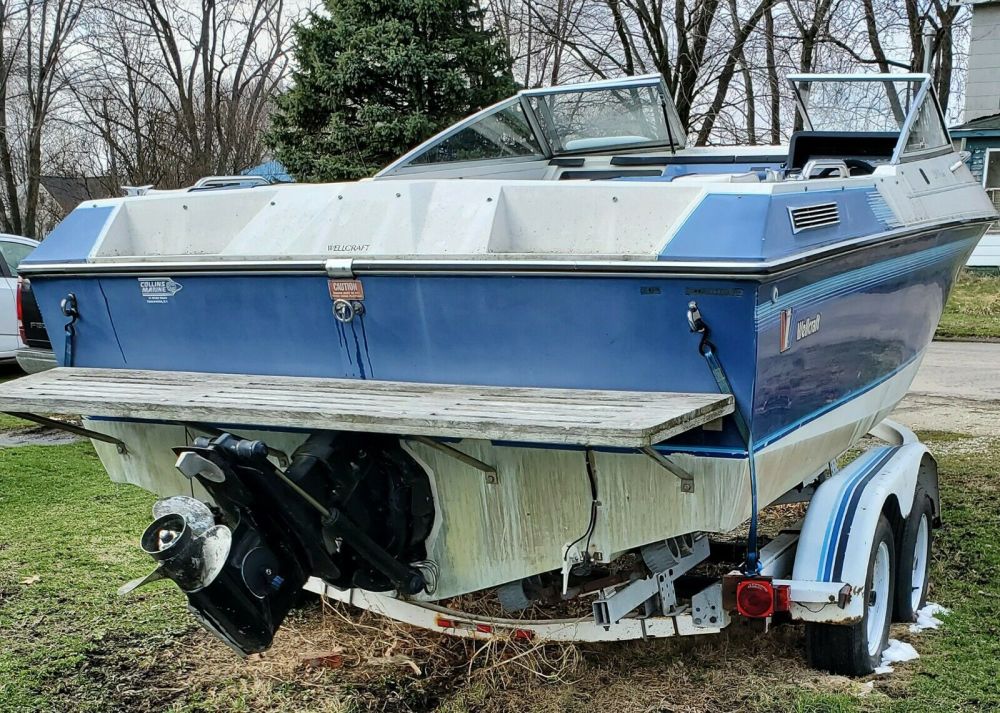

A lower units with a propeller also incorporate a skeg, which offers it some protection from striking hard objects.Īll outboard engines, including this Yamaha F115, share the same basic design. Most of the time the lower unit swings a propeller for propulsion, but in some cases the lower unit houses a jet drive. A motor mount just below the powerhead bolts or clamps onto the transom of the boat, and the midsection of the outboard, which encloses the drive shaft and exhaust housing, has a lower unit bolted onto the bottom. The powerhead (or motor, in the case of an electric outboard) is protected by a removable cowl. Outboard Engine An outboard engine sits on the transom of a boat and has its own self-contained drive system. So let’s start off by dividing engines and power systems into their most basic forms: outboards and inboards. On the other hand, a “jet engine” comes in both outboard and inboard varieties. The term “outboard engine,” for example, commonly describes both the powerhead and the lower-unit drive system that's attached to it.

There’s just one problem: many power and drive systems are integrated. So logically, you want to distinguish between the two. Strictly speaking, the engine is what creates power and the drive system is what transfers that power into thrust. Which is best for the type of boating you enjoy? Is newer technology necessarily better? And which engine and drive systems are evolving the fastest? Let’s take an in-depth look at motorboat engines and power systems. Boat engines take many shapes, sizes, and forms, ranging from the common outboard to rarely seen surface drive systems-which is why you’ll find plenty of current information on the latest and the greatest in our powerboat Reviews, Engines, and Parts library. But sorting through all of the different options can be quite difficult.


 0 kommentar(er)
0 kommentar(er)
